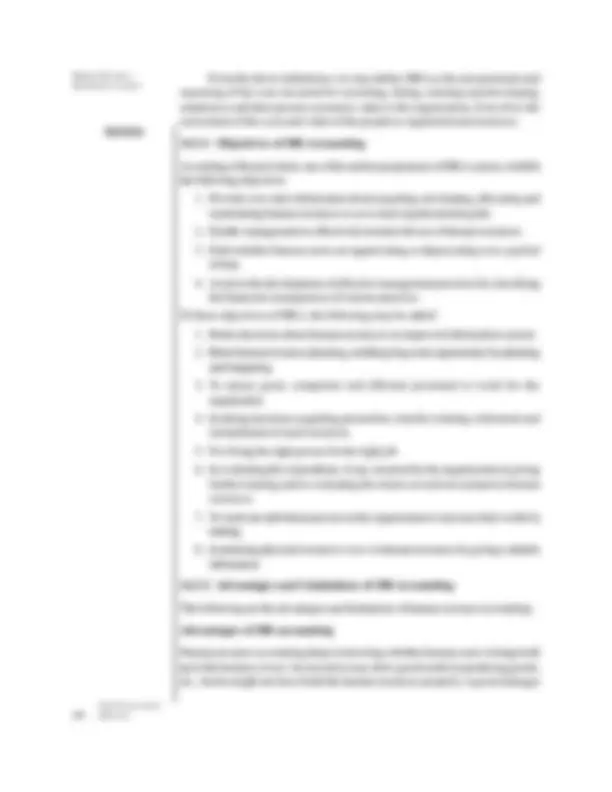



Study with the several resources on Docsity

Earn points by helping other students or get them with a premium plan


Prepare for your exams
Study with the several resources on Docsity

Earn points to download
Earn points by helping other students or get them with a premium plan
Community
Ask the community for help and clear up your study doubts
Discover the best universities in your country according to Docsity users
Free resources
Download our free guides on studying techniques, anxiety management strategies, and thesis advice from Docsity tutors
Human Resource Management (HRM) is a strategic and comprehensive approach to managing people within an organisation. It involves recruiting, hiring, training, evaluating, and rewarding employees to maximise their performance and align with the organisation’s goals. HRM also ensures compliance with labour laws, fosters a positive workplace culture, and supports employee development and well-being. By managing workforce planning, performance, compensation, and employee relations, HRM plays a vital role in organisational success. In today’s dynamic business environment, HRM is increasingly data-driven and aligned with long-term strategic planning, making it an essential function in both large corporations and small enterprises.
Typology: Lecture notes
1 / 2

This page cannot be seen from the preview
Don't miss anything!


Human Resource Information System
Self-Instructional Material 169
Designing a modern HRIS
The steps involved in the development of a sound HRIS are as follows:
Preliminary systems analysis: It involves definition of the problem, specification of objectives and operational needs, constraints affecting the system, making feasibility study and submission of the report. Systems design: Alternatives to meet the objectives are described and evaluated. The requirements of the chosen alternatives are specified and its effects on people are estimated. Systems engineering: The study of engineering components and their cost- effectiveness is made. This study will help the top management to make the right choice. Systems testing and implementation: The HRIS along with its subsystems should be installed and tested. Systems monitoring and evaluation: The performance of the system is measured and evaluated so that modifications may be done to solve the human problems in systems design and control.
Check Your Progress
The American Accounting Society Committee on Human Resource Accounting defines human resources accounting as the process of identifying and measuring data about human resources and communicating this information to interested parties.
Flamhoitz defines HRA as ‘accounting for people as an organizational resource’. It involves measuring the costs incurred by organizations to recruit, select, hire, train and develop human assets. It also involves measuring the economic value of people to the organization.
According to Woodruff Jr, Vice-President of R.G Barry Corporation, ‘Human resource accounting is an attempt to identify and report investments made in human resources of an organization that are presently not accounted for in conventional accounting practice. Basically it is an information system that tells the management what changes over time are occurring to the human resources of the business.’
Stephen Knauf defines HRA as ‘The measurement and quantification of human organizational inputs such as recruiting experience and commitment.’
Human Resource Information System
Self-Instructional 170 Material
From the above definitions, we may define HRA as the measurement and reporting of the costs incurred for recruiting, hiring, training and developing employees and their present economic value to the organization. It involves the assessment of the costs and value of the people as organizational resources.
14.3.1 Objectives of HR Accounting
According to Rensis Likert, one of the earliest proponents of HRA system, it fulfils the following objectives:
The following are the advantages and limitations of human resource accounting:
Advantages of HR accounting
Human resource accounting helps in knowing whether human asset is being built up in the business or not. An executive may show good results in producing goods, etc., but he might not have built the human resources properly. A good manager